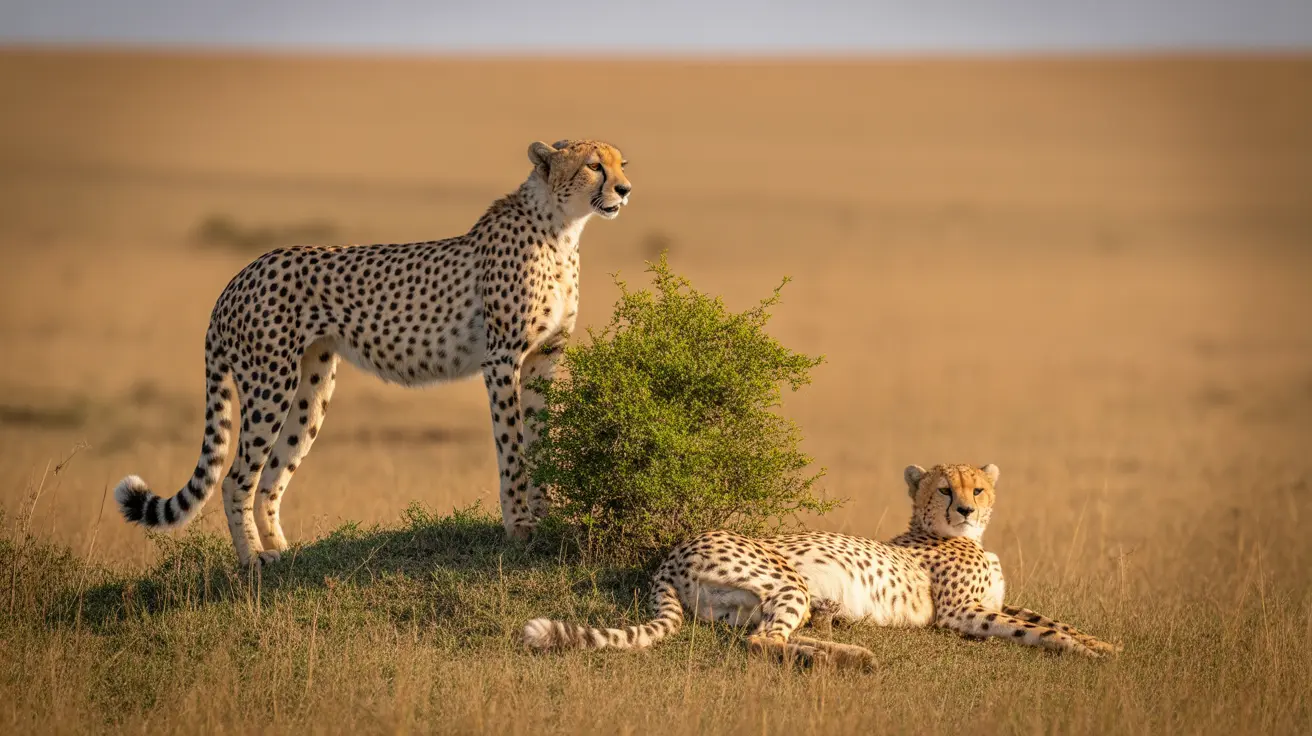How to Identify Cat Prints: A Complete Guide
If you're a pet lover, nature enthusiast, or simply curious about animal tracks, learning how to identify cat prints can be both fascinating and useful. Whether you're trying to track your domestic feline or distinguish between wild animal prints in your backyard, understanding the unique characteristics of cat tracks is essential.
Understanding the Anatomy of a Cat Paw
Before identifying cat prints, it's important to know the structure of a cat’s paw:
- Four toe pads: Cats have four digital pads in the front and rear paws.
- One central pad: Also known as the metacarpal pad, it has a triangular or heart shape.
- No visible claws: Because cats can retract their claws, you typically won’t see claw marks in their prints.
Key Features of Cat Prints
Cat prints are generally symmetrical and neat. Here’s how to spot them:
- Shape: The prints are round or oval.
- Size: Domestic cat prints measure about 1 - 1.5 inches across. Wild cats have larger prints, proportionate to their size.
- Toe arrangement: Four toes in a semi-circular shape with one slightly forward, creating symmetry.
- Heel pad design: The heel shows three distinct lobes at the rear and two at the front, forming an 'M' shape.
- No claw marks: This is a distinguishing factor from dog prints.
Comparing Cat and Dog Prints
- Cat prints: Rounder, symmetrical, and lacking claw marks.
- Dog prints: More elongated, asymmetrical, and usually show claw marks.
Tracking Gait and Behavior
Cats usually move quietly and stealthily. Their walking pattern is methodical, often resulting in overlapping tracks called 'direct registering'. This means their back foot lands where the front foot was placed, reducing noise and making their trail more efficient.
This direct registration is most commonly observed in wild cats such as bobcats, cougars, and mountain lions.
Environmental Clues
Other than the tracks themselves, consider:
- Habitat: Is the area frequented by domestic or wild cats?
- Size of the track: Larger tracks might indicate bobcats or cougars.
- Number of tracks and stride: Cats are solitary and their stride is calculated.
Tips for Better Identification
- Use soft ground: Look in mud, snow, or sand for best print impressions.
- Carry a ruler or reference object: It helps in measuring and documenting tracks accurately.
- Take photos: Always document tracks from different angles and lighting.
- Note accompanying signs: Fur, scat, or scratch marks can help confirm feline activity.
Common Cat Species and Their Prints
- Domestic Cat (Felis catus): Small, round prints, usually found around homes and urban areas.
- Bobcat (Lynx rufus): Larger than house cats, with tracks around 2 inches wide. Often found in forests and suburban areas.
- Cougar (Puma concolor): Prints about 3 - 4.5 inches wide, often mistaken for large dog prints but lacking claw marks.
Conclusion
Identifying cat prints involves paying attention to subtle but consistent signs like shape, symmetry, size, and absence of claw marks. Whether for wildlife observation or keeping tabs on your household pet, knowing how to interpret paw prints is a valuable skill that connects you more deeply with the animal world around you.





